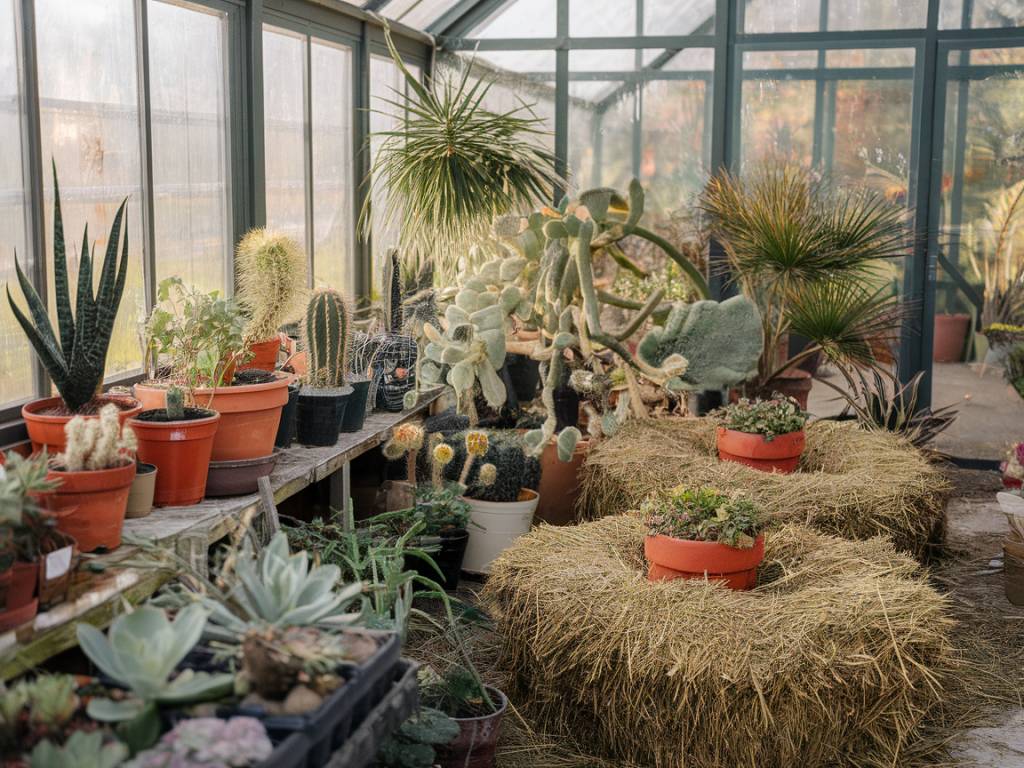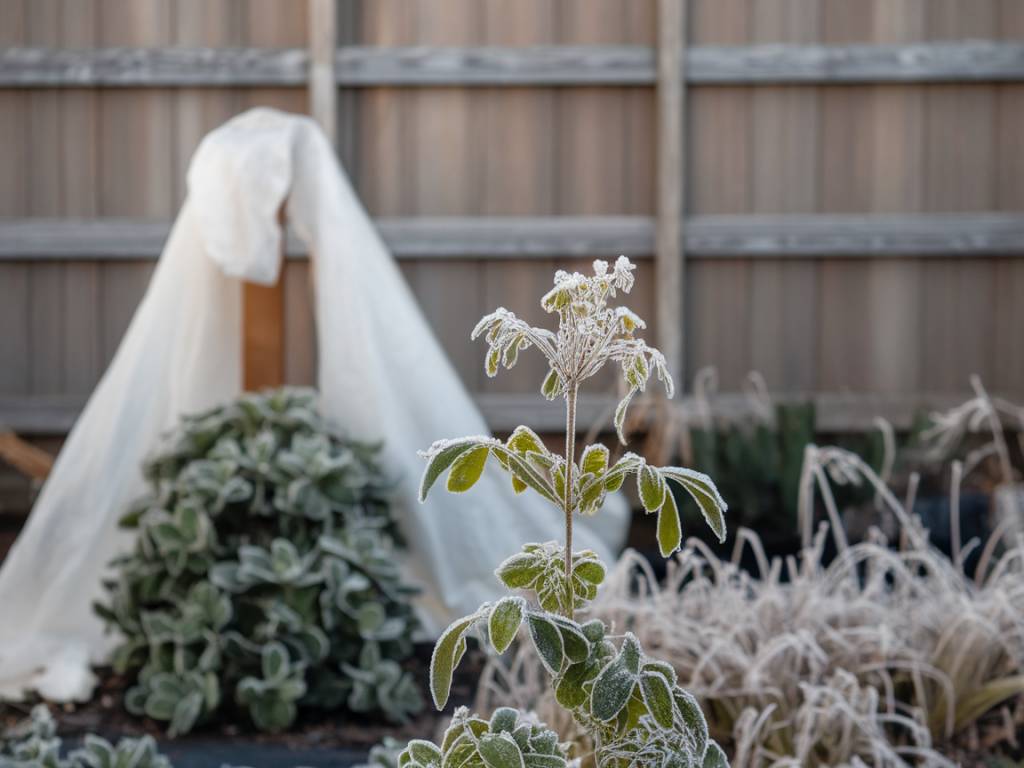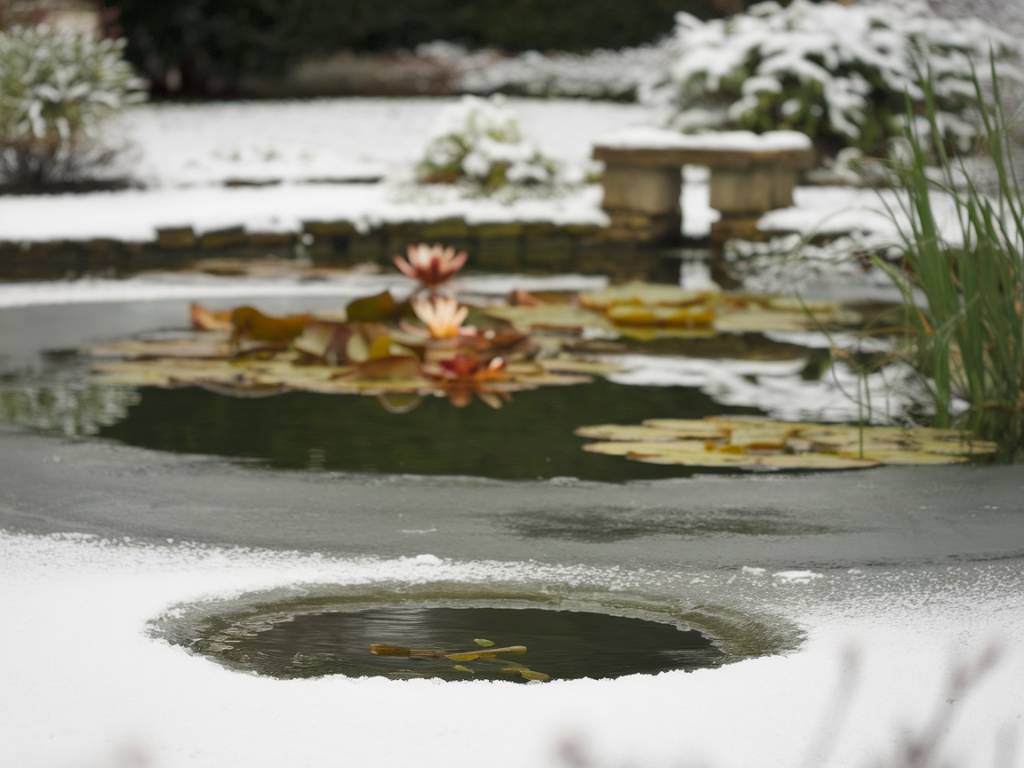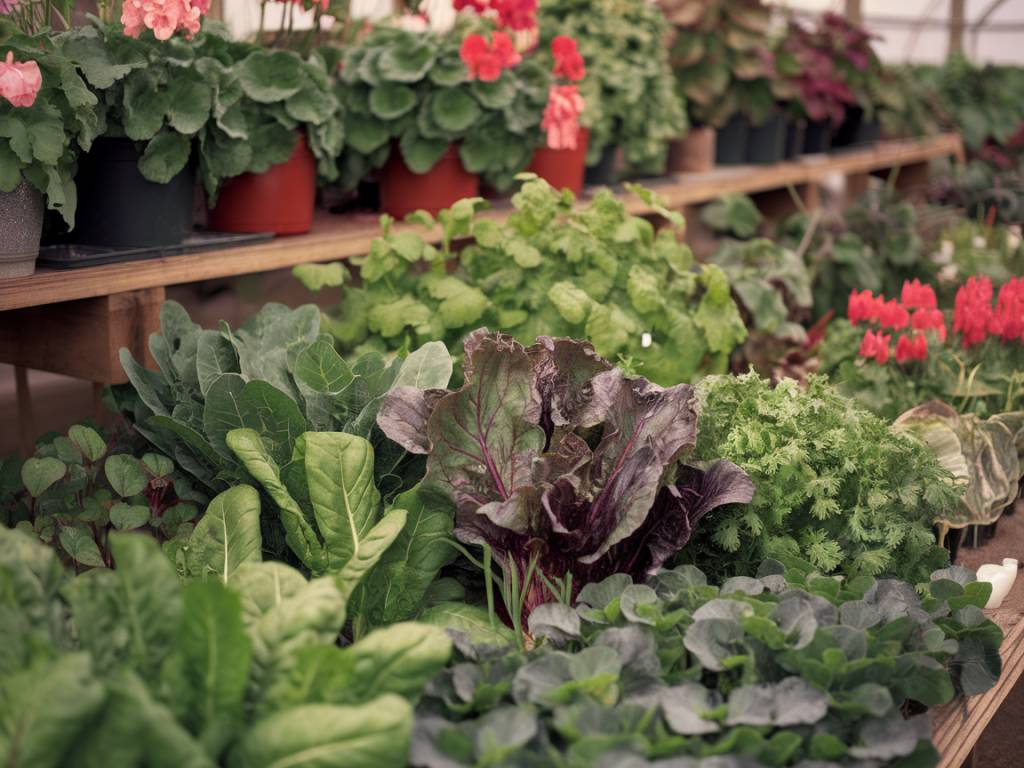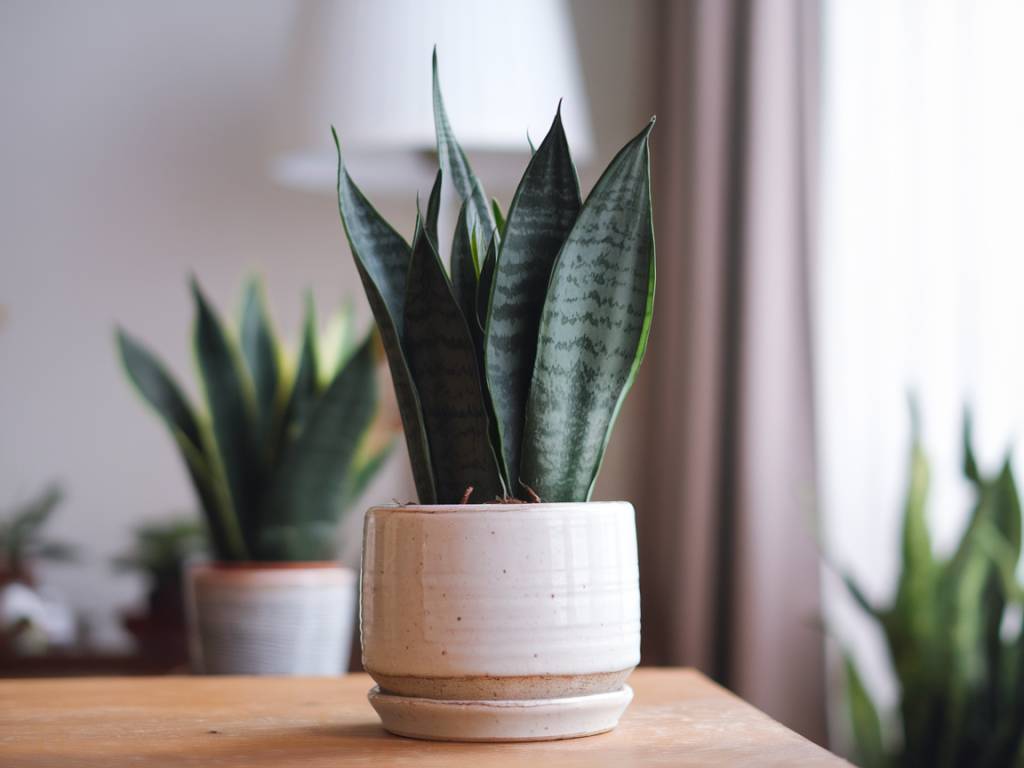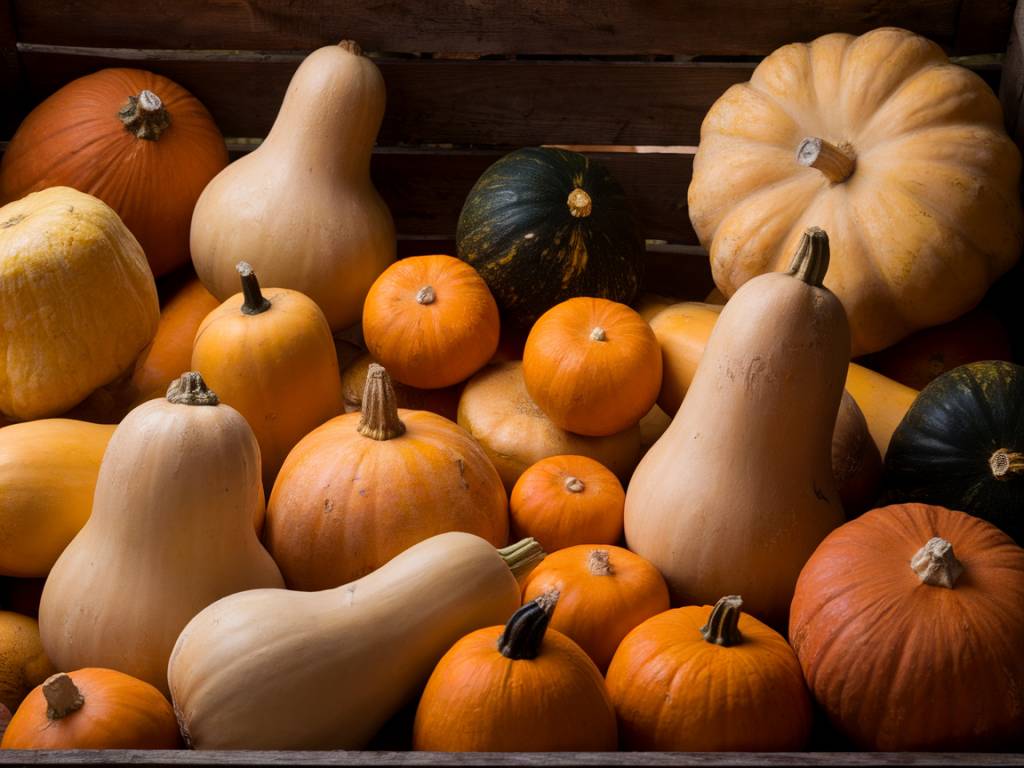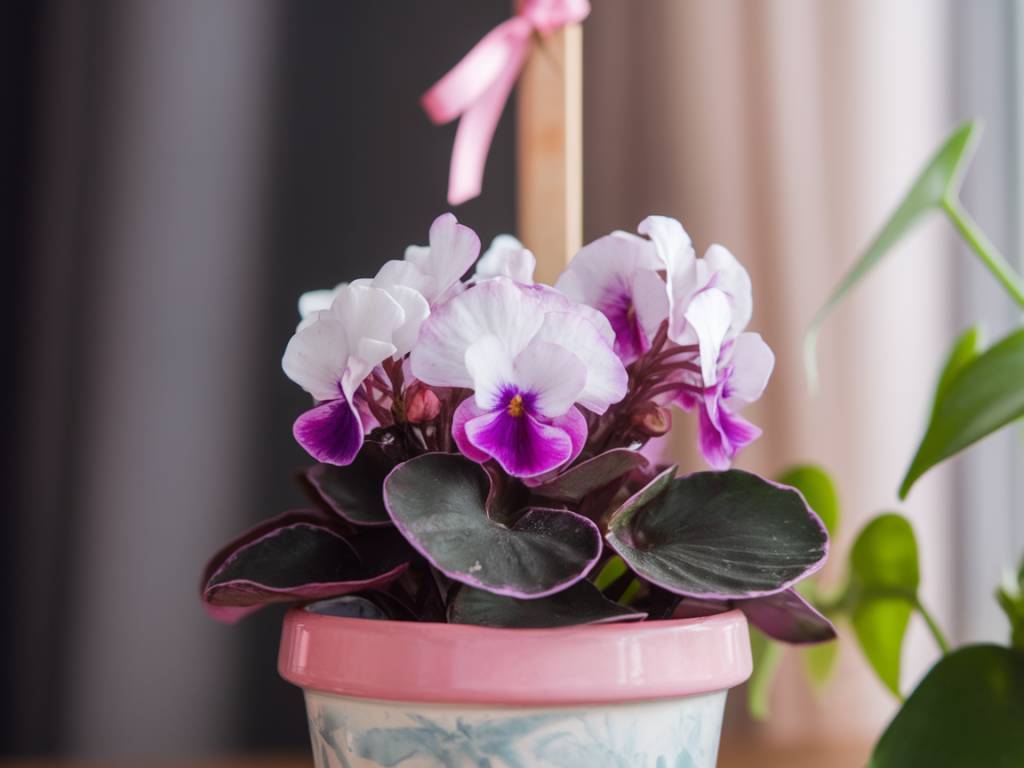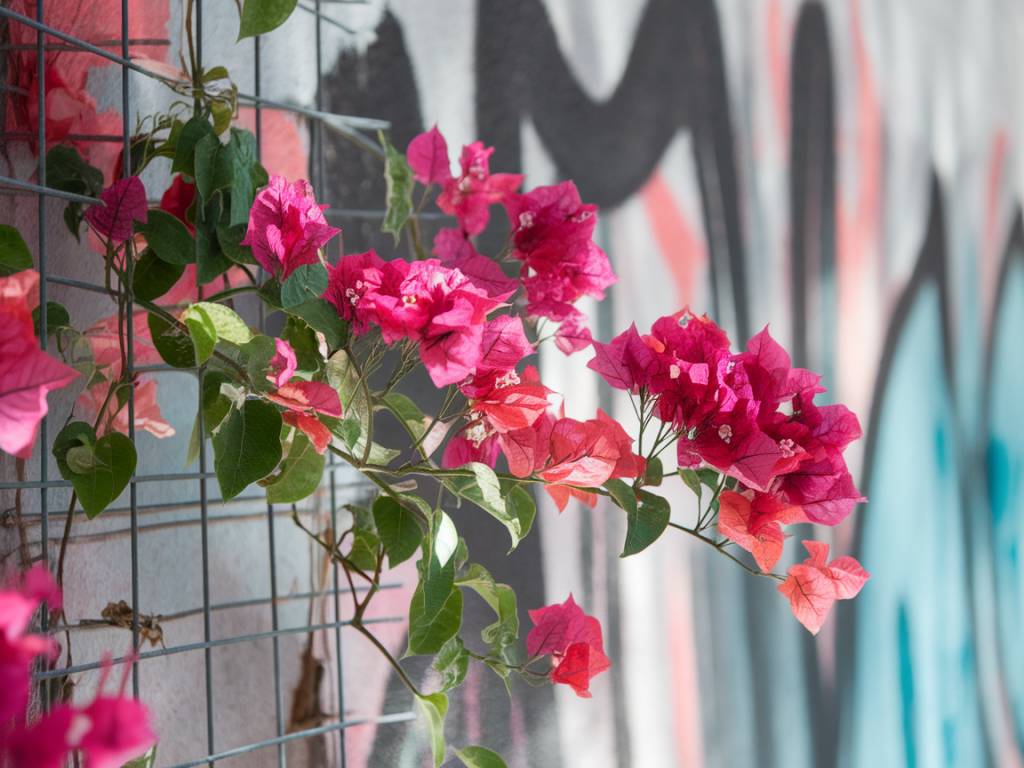The chilly winds and frosty mornings are on their way, and if you’re like me, you’re already starting to worry about your beloved potted plants. Overwintering potted plants can be a bit of a challenge, especially in the colder climates of the UK, but with the right approach and preparation, you can keep your plants healthy and happy until spring comes around again. Allow me to share some tips and tricks that I use in my garden to successfully overwinter potted plants.
Understand Your Plant’s Cold Hardiness
Not all plants are created equal when it comes to handling the cold. The first step to successfully overwintering your potted plants is understanding their cold hardiness. Plants are categorized into different hardiness zones, which you can easily find on the plant’s label or with a quick online search. Knowing the hardiness zone for your area (most of the UK falls within zones 6 to 9) and the hardiness of your plants will help you determine how much protection they need.
Choose the Right Pots
The type of pot you use can play a significant role in helping your plants survive the winter. Terracotta pots are beautiful, but they can crack in freezing temperatures. Instead, opt for frost-resistant materials such as plastic, fibreglass, or metal pots. These materials will not only withstand the cold but also provide better insulation for the roots. Make sure your pots have adequate drainage, as waterlogged soil can freeze and damage your plants’ roots.
Location, Location, Location
The location where you place your potted plants can make a big difference in their ability to survive the winter. Position your pots close to the house where they can benefit from the residual heat. A south-facing wall is ideal if you have one, as it will receive warmth from the sun. If possible, place the pots in a sheltered area that is protected from strong winds, which can dry out and damage your plants.
Insulate Your Pots
One of the best ways to protect your plants is by insulating their pots. There are several methods to do this:
- Wrap the pots in bubble wrap, burlap, or horticultural fleece. This helps to retain heat and protect the roots from freezing temperatures.
- Cluster your pots together to create a microclimate. Placing them close together will help them to share and retain heat.
- Use mulch to cover the soil surface in the pots. Organic mulches like straw, leaves, or shredded bark can provide an extra layer of insulation for the roots.
Watering Tips
Watering during the winter requires a delicate balance. Overwatering can lead to waterlogged soil, which can freeze and damage the roots, while underwatering can cause the plant to dry out. Here’s what I recommend:
- Water your plants thoroughly before the first hard frost. This ensures they are well hydrated going into the cold season.
- Check the soil moisture regularly. While plant growth slows down in winter, they still need some water. Water only when the top inch of soil is dry to the touch.
- Avoid watering during freezing temperatures to prevent the water from freezing in the soil and damaging the roots.
Bring Tender Plants Indoors
Some plants are just too delicate to be left outside during winter, no matter how much protection you provide. For these plants, it’s best to bring them indoors. If you don’t have enough space, consider a greenhouse, cold frame, or even a windowsill in a bright, cool room. Here are a few tips when bringing plants inside:
- Inspect your plants for pests before bringing them indoors. The last thing you want is an infestation in your home.
- Gradually acclimatize your plants to indoor conditions by bringing them in for a few hours each day before permanently relocating them inside.
- Place your plants in a cool, well-lit area, away from direct heat sources like radiators. A steady temperature between 10-15°C is ideal for most tender plants.
Prune and Clean
Before winter sets in, take time to prune and clean your potted plants. Remove any dead or damaged leaves and stems, as well as any spent flowers. This not only improves airflow around the plant but also reduces the risk of disease and pests. For some perennial plants, a light pruning can encourage healthy growth once spring arrives.
Monitor for Pests
Winter is a time when pests can become more of a problem, especially when plants are brought indoors. Regularly check your plants for signs of pests such as aphids, spider mites, and mealybugs. If you notice any signs of infestation, treat promptly with a natural pest control method. I like to use neem oil or a homemade insecticidal soap made from mild dish soap and water.
Consider a Temporary Greenhouse
If you have several potted plants that need protection but don’t want to bring them indoors, consider setting up a temporary greenhouse. These can be purchased at garden centers or even made at home with some clear plastic sheeting and a sturdy frame. A temporary greenhouse can provide the perfect shelter against cold winds and frost, while still allowing sunlight to penetrate.
Use Cloches and Protective Covers
For individual plants that need extra protection, cloches and protective covers can be a great solution. Cloches are mini greenhouses that can be placed over individual plants, providing an extra layer of warmth and protection. You can purchase cloches or make your own using recycled materials like plastic bottles or glass jars. Just be sure to ventilate occasionally to prevent moisture buildup.
Keep a Winter Garden Diary
Keeping track of your plant care can be incredibly beneficial. I suggest keeping a winter garden diary where you can note important details like the first and last frost dates, watering schedules, and any pest or disease issues. This diary will be an invaluable resource in future winters, helping you refine your overwintering techniques and ensure your plants thrive year after year.
By taking these steps, you can give your potted plants the best chance of surviving the winter and coming back stronger in the spring. Overwintering plants does take some effort, but the reward of seeing your potted friends flourish again is well worth it. Stay warm, and happy gardening!
Samanta

